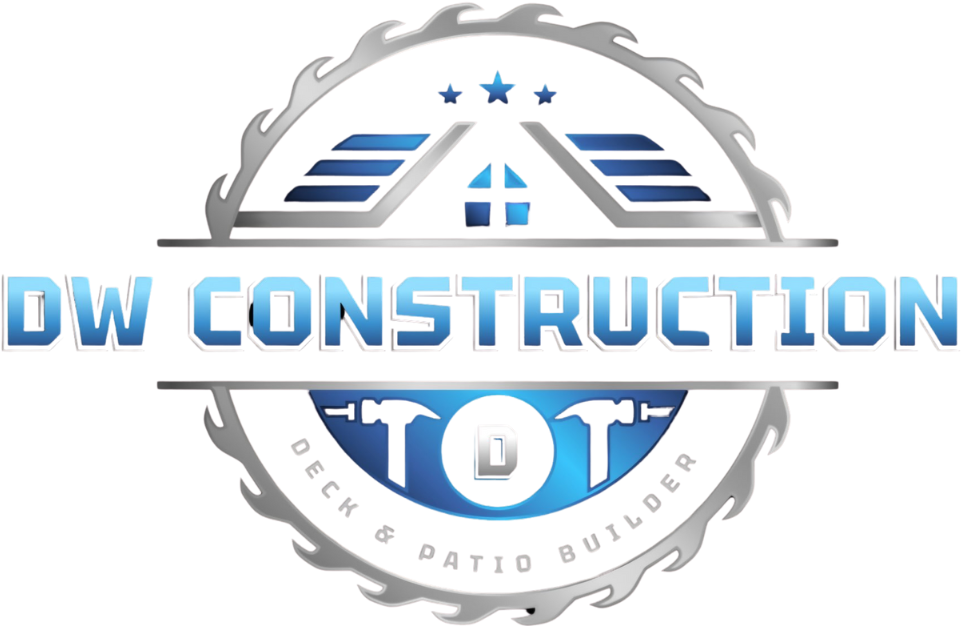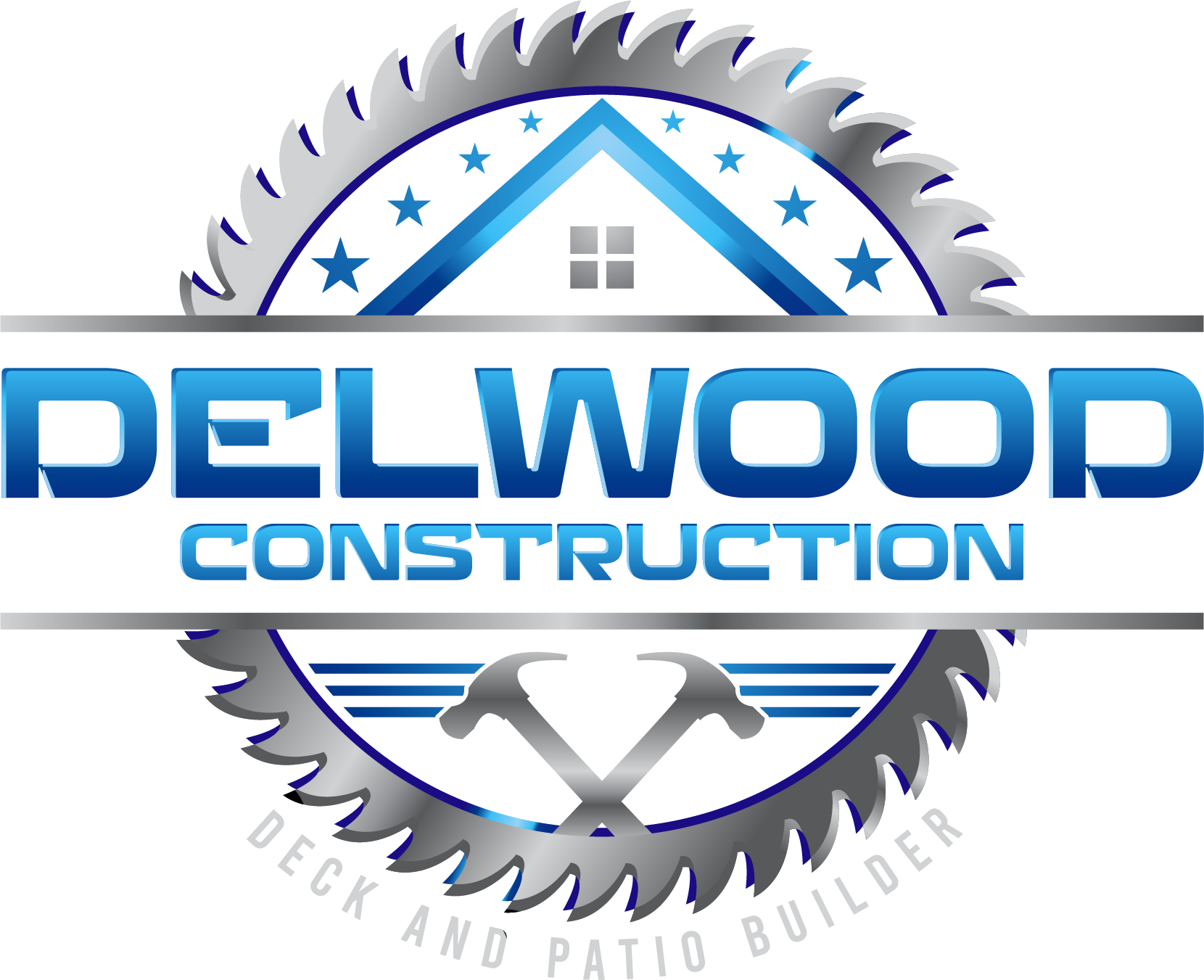Patio Builder
Patio Builder
A patio isn’t just a concrete slab in the backyard—it’s a meaningful extension of your home’s personality. Unlike decks or porches, which are often raised and attached to a structure, patios typically rest flush with the ground, offering a grounded, open-air feel. They tend to create a unique sense of flow between the indoors and the natural world outside, providing a gathering space that feels both intimate and wide open at the same time.
Whether nestled in a garden or sprawling across a backyard, patios add depth and character to residential landscapes. They’re versatile by nature—you can use them for quiet morning coffee, long summer dinners, or weekend cookouts. But it takes more than laying down a few pavers to create a patio that truly functions as a natural extension of your home. Professional craftsmanship is what transforms a basic idea into something durable, beautiful, and custom-tailored to your space and lifestyle.
The Role Of Craftsmanship In Longevity
The longevity of a patio has less to do with luck and more to do with expertise. There are dozens of considerations beneath the surface—literally. Without proper grading and drainage, even the most attractive patio will become a hassle over time. Water pooling, sinking pavers, or cracks can result from shortcuts taken during construction. That’s where the value of experience really shows.
A professionally designed patio accounts for the soil beneath your feet, the layout of your yard, and the materials that will not only complement your home’s aesthetic but also perform well in your specific climate. Whether it’s natural stone, stamped concrete, or brick, the material matters—but the method behind it matters more. A well-built patio is engineered to stand up to years of weather, foot traffic, and shifting terrain without turning into a maintenance nightmare.
Incorporating thoughtful design elements such as subtle slopes for water runoff, expansion joints to reduce cracking, and reinforced sub-bases adds more than structure—it adds peace of mind. It's not about overbuilding. It’s about building smart, so the space keeps its integrity without needing constant repairs or touch-ups.
Enhancing Usability And Property Value
A thoughtfully constructed patio can completely change how a home feels—and how it's valued. By creating a seamless transition between the interior and exterior, patios essentially add another "room" to the house. And while it might not come with walls or a ceiling, it still contributes to the overall functionality of the living space. That expanded usability can directly impact a home's appeal, especially in a market where outdoor living is increasingly in demand.
Homebuyers and appraisers alike take notice of outdoor improvements that are clearly well-planned and well-executed. A patio that’s been professionally installed doesn’t just look good—it feels permanent. That kind of curb appeal and durability sends a strong message about the overall care and condition of a property. It can be a difference-maker in resale scenarios and a source of pride for years of personal use.
But it's not just about value on paper. A patio also offers a highly usable outdoor space that encourages time spent outside. Whether it's hosting friends or just enjoying quiet moments, having a designated outdoor area built for comfort and aesthetics brings real-life value into daily routines.
Functionality Meets Customization
Every home is different, and so are the needs of the people who live there. A custom-built patio should reflect that. It's not a one-size-fits-all situation—it’s a tailored design process that takes into account the way you live, entertain, and relax. That means factoring in everything from sun exposure and wind patterns to how close you want to be to the kitchen when carrying food outdoors.
It also means being strategic about features. Built-in seating, fire pits, outdoor kitchens, lighting, and shade structures can all be incorporated into a patio, turning it into something more than a static platform. When done right, these enhancements feel like they belong—not like add-ons. They should be cohesive, both visually and functionally, with the home’s architecture and the surrounding landscape.
Having a professional on board means those custom touches aren’t just aesthetic choices; they’re informed decisions that make the space more enjoyable and usable for the long haul. Materials are selected for more than looks—they’re chosen for performance. Layouts are designed with traffic flow and usability in mind. It’s the kind of attention to detail that doesn’t scream for praise, but definitely earns it.
At the end of the day, a patio is an investment in your home and your lifestyle. When built with professional care and expertise, it becomes more than a backyard upgrade—it turns into a space that enhances daily life and adds lasting value. If you're thinking about bringing a patio project to life or want to learn more about how the process works, contact Delwood Construction today. Whether you’ve got a clear vision or need help shaping the idea, the team is ready to talk through your options and help create something that truly fits your home.
Frequently Asked Questions About Patios
Q1. What’s the best material for a low-maintenance patio that still looks upscale?
A1. If you're looking for a patio that’s both elegant and easy to care for, consider porcelain pavers or stamped concrete. Porcelain pavers mimic the look of natural stone or wood but don’t require sealing or special cleaners. They’re also resistant to fading, moisture, and staining. Stamped concrete, on the other hand, allows for custom patterns and textures while offering excellent durability. Both materials deliver a high-end look without the constant upkeep that comes with traditional options like natural stone or wood decking.
Q2. Can I install a patio in a small or oddly-shaped backyard?
A2. Absolutely. A well-designed patio can enhance even the most compact or unconventional outdoor spaces. Creative design elements like curved edges, built-in seating, and multi-level layouts can maximize functionality and visual appeal. Even tight corners or sloped yards can be transformed with the right materials and a thoughtful layout. A custom patio doesn’t have to be large to be impactful—it just has to be smartly planned.
Q3. How do I make sure my patio stays cool in the summer heat?
A3. The secret to a cooler patio lies in both design and material selection. Lighter-colored pavers or natural stone reflect more sunlight and absorb less heat. Adding shade structures like pergolas, retractable awnings, or even well-placed landscaping can dramatically reduce direct sun exposure. For bonus comfort, consider integrating a misting system or water feature. With the right combination, your patio can be a relaxing retreat, even in peak summer.
All Rights Reserved | Delwood Construction

